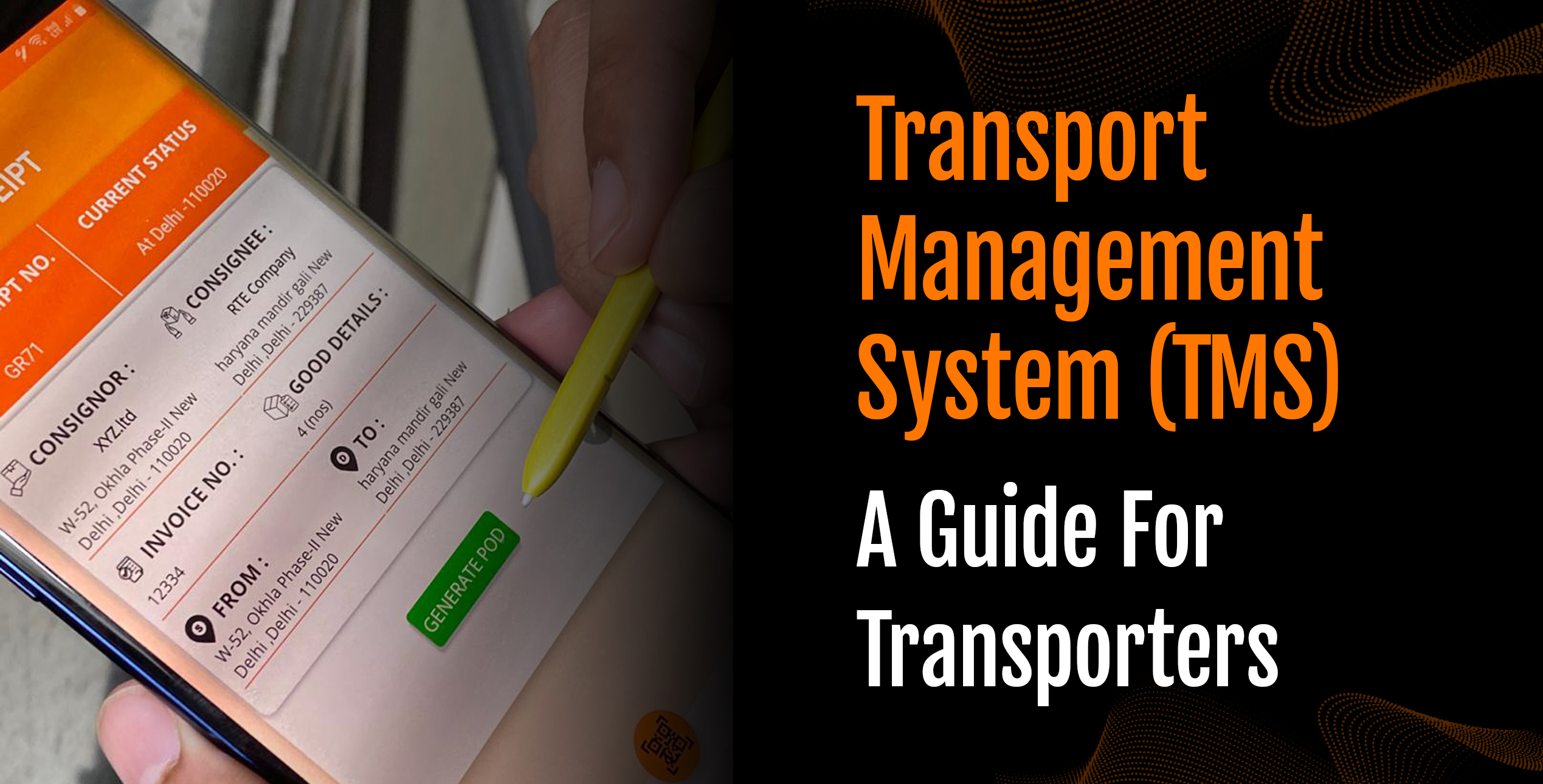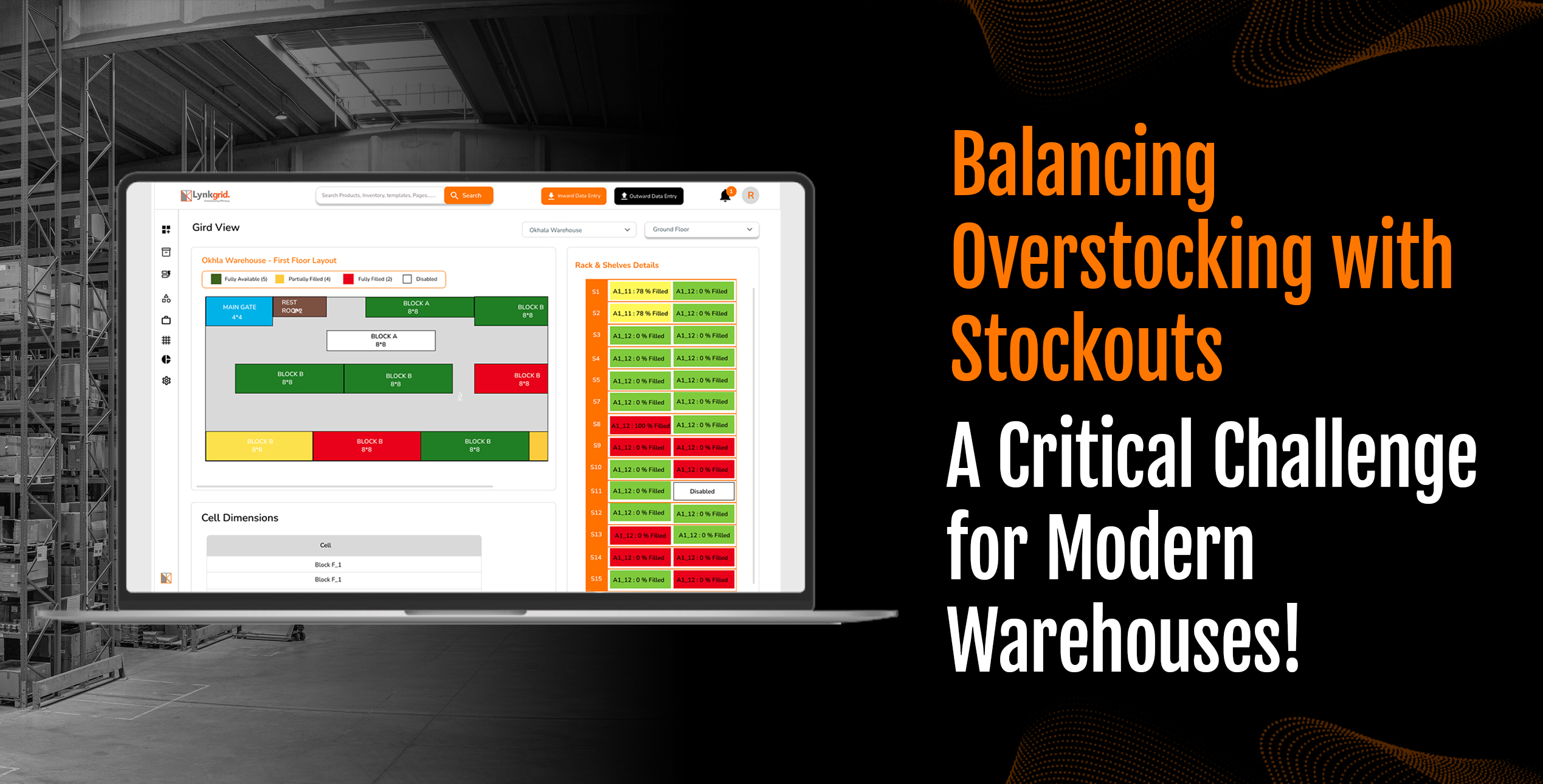Before explaining what a warehouse management system (WMS) is, let’s set the context from the past. In the early 2000s, Toys R Us was the leading toy manufacturer, and e-retail was rapidly growing.
At that time, Toys R Us advertised heavily, claiming they would deliver all orders before Christmas, just like Santa. This marketing campaign was successful, and they received thousands of orders. However, fulfilling those orders within the promised timeframe proved challenging.
Despite having their inventory in place, Toys R Us faced a significant challenge. They struggled to pick, pack, and ship orders quickly enough, even with their employees working tirelessly for days. This struggle to meet customer demands led to a situation where they were more like Krampus (the opposite of Santa) than Santa himself.
It’s worth noting that Toys R Us filed for bankruptcy in 2018, a clear indication of the importance of an efficient warehouse management system (WMS).
What is a Warehouse?
Warehouse management is a crucial task that requires impeccable coordination and organization. Thousands of products are stocked within the warehouse at any given time, often worth millions of dollars. Warehouses in a supply chain operate under strict deadlines, from receiving inventory to storing, picking, packing, and shipping products to meet customer demands. Unfortunately, the pressure to meet these deadlines often leads to the loss or damage of products.
However, there is a solution to this problem—implementing a Warehouse Management System (WMS). This system helps ensure seamless and efficient warehouse management, reducing the risk of errors and improving overall productivity.
What is a Warehouse Management System (WMS)?
A warehouse management system (WMS) in a supply chain is a type of software that empowers warehouse managers to monitor all warehouse activities in real-time. With a robust warehouse management system (WMS), users can easily view available stock using filters such as product type, age, and damaged materials on an online portal. This level of control and visibility can significantly reduce the stress and uncertainty that often comes with managing a warehouse.
The primary purpose of a Warehouse Management System (WMS) is to help warehouse managers have visibility into their inventory, track goods, and automate repetitive tasks. Importantly, a WMS can be customized to meet unique business requirements, providing a tailored solution that fits your specific needs and processes.
What do you achieve with a WMS in place?
A Warehouse Management System (WMS) in a supply chain offers a host of benefits. It allows you to achieve increased efficiency in warehouse operations, reduce inventory carrying costs, enhance customer satisfaction, map warehouse areas, track assets via Bluetooth, and make data-driven decisions using analytics to manage inventory and labor. In essence, a WMS provides complete control of the warehouse, offering a comprehensive solution to your inventory and warehouse management needs.
Inventory Management vs Warehouse Management
Inventory management and warehouse management are unequivocally critical components of any e-commerce business. Effective inventory management ensures that the right products are available at the right time and in the right quantities to meet customer demand. It involves monitoring and controlling the flow of goods throughout the supply chain, from procurement to fulfillment.
On the other hand, warehouse management is an essential aspect that must be managed systematically to ensure that inventory is stored, organized, and handled effectively within the warehouse premises. It includes managing inventory levels, optimizing storage space, and ensuring efficient picking, packing, and shipping processes.
Both inventory management and warehouse management are imperative to the overall success of a logistics and supply chain management system. By optimizing inventory levels and warehouse operations, businesses can reduce costs, improve customer satisfaction, and increase profitability.
While inventory management concerns the broader supply chain, warehouse management focuses on the warehouse facility’s physical storage and inventory handling. Both are important to ensure the assertive and timely delivery of products to customers, making them a critical component of e-commerce operations. A Warehouse Management System (WMS) is designed to address the specific challenges of warehouse management, offering a tailored solution for your warehouse operations.
Benefits of Warehouse Management System (WMS)
Implementing a Warehouse Management System (WMS) is binding to significantly enhance the efficiency, accuracy, and overall performance of warehouse operations. WMS offers numerous benefits that companies cannot overlook:
- Real-time tracking, which improves inventory accuracy
- Offers increased efficiency and productivity
- Facilitates intelligent storage strategies to maximize warehouse space.
- Precise order fulfillment
- Offers better visibility and control with real-time insights
- Reduced costs associated with labor, inventory, and fulfillment
- Quick and accurate order deliveries that enhance CX
Features of Warehouse Management System (WMS)
A sound warehouse management system in a supply chain must perform four essential functions, from receiving goods to shipping them out.
Managing the Inventory
To efficiently manage storage space without running out of stock, the warehouse management system (WMS) in the supply chain must be able to track inventory. The Lynkgrid warehouse management system (WMS) is a top-tier warehouse management system that enables managers to track movement in real time, providing the necessary tools to manage their warehouse effectively.
Enhancing Warehouse Visibility
A robust warehouse management system (WMS) offers a Warehouse GRID View that enables users to view all available stocks on the portal with various filters, such as product type, material age, and damaged material.
The warehouse grid can be reconfigured for all warehouses based on location and area availability. You can track all material details through the portal by clicking on any location block.
Implementing Job Rules and Automated Job Flow
Optimize warehouse storage layouts and implement precise product placement rules to improve inventory handling and retrieval.
Analytics and Tracking
A warehouse management system (WMS) can generate reports with various metrics, such as worker productivity, inventory levels, and order fulfillment rates. This allows for seamless warehouse operations within the supply chain.
How Does a Warehouse Management System (WMS) work?
A typical workflow of a Warehouse Management System (WMS) includes:
Receiving
Receiving is the first step in warehouse management. This step in the warehouse management system (WMS) is important to ensure that the right products are received, their quantities are correct, the quality is good, and the location and delivery were made at the right time.
A warehouse management system (WMS) in a supply chain allows businesses to enter key purchase order information, such as delivery and expiry dates and vendor details, to make this process even more efficient. Once everything has been received and verified, a Goods Received Note (GRN) is issued, confirming that all goods have been received as expected.
Putaway
Putaway is the second step in the warehouse management system after the receiving process is completed. It is imperative to “putaway” the goods from the receiving area to their designated storage locations. This warehouse management step ensures proper product handling and prevents costly damages. A well-designed and thoughtfully executed Warehouse Management System (WMS) like Lynkgrid WMS can help businesses optimize operational productivity by facilitating the creation of efficient putaway processes.
Storage
Storage is the next step in a warehouse management system (WMS) workflow. To optimize storage efficiency, businesses must ensure that their goods are placed in the warehouse correctly – minimizing errors and damage. Shelf Management allows businesses to strategically arrange their goods on shelves to make the most of their storage space and prevent product errors and damage. This process in the warehouse management system (WMS) can boost a company’s productivity and improve overall success.
Picking and Packing
Picking and packing are vital for order fulfillment. A picklist is generated using a Warehouse Management System (WMS) and passed on to warehouse staff. Handheld devices scan each item, which is then packed to minimize damage during transportation. Shipping labels and an invoice are generated for the order.
Shipping and Quality Control
The shipping and quality control process ensures a positive customer experience. Strong QC measures such as order verification, packing inspection, barcode scanning, weighing checks, and more are necessary to avoid negative feedback. A state-of-the-art warehouse management system (WMS) software can simplify and automate the entire process, streamlining the order routing process.
Warehouse Management System (WMS) – Key Audience
Businesses requiring product storage, tracking, and shipping advantages can be potential customers who could benefit from deploying a warehouse management system (WMS). This includes retailers, wholesalers, and manufacturers, among others. Here are a few industries that benefit from WMSs:
The Retail Industry
Retailers rely heavily on high-quality warehouse management systems (WMS) such as Lynkit to manage their online and physical store orders and inventory across different locations. These systems help retailers streamline their supply chain, ensuring that their stock is organized and orders are fulfilled on time.
The eCommerce Industry
Businesses in the e-commerce industry can rapidly fulfill customer demands with the help of a warehouse management system (WMS) that enables the owners to track and ship orders in real-time.
The Wholesale Distribution Industry
A warehouse management system (WMS) in a supply chain allows wholesalers to streamline their industry by organizing inventory, tracking shipments, and increasing order fulfillment rates.
Warehouse Management System (WMS) – IoT devices
Let’s look at some of the most commonly used smart warehouse solutions today.
RFID Technology
RFID tags are a practical solution that simplifies and accelerates the process of tracking physical inventory. These tags are a time-saving tool, allowing warehouse operators to locate products within the facility swiftly. This efficiency frees up valuable employee time. Moreover, RFID tags are crucial in reducing losses caused by product wastage or spoilage. With this data, warehouse managers can easily monitor expiration times and streamline supply chain processes. Furthermore, these tags facilitate efficient tracking and prediction of inventory levels, empowering managers to make informed decisions about ordering additional deliveries before products run out of stock.
GPS Technology
GPS technology, renowned for its application in tracking vehicles, tools, equipment, and assets, is a versatile tool for companies utilizing IoT in warehouse management systems (WMS). When mounted on storage racks, palettes, forklifts, and other devices that require precise positioning, GPS trackers provide a sense of security and control. Managers can be instantly notified when an item leaves a designated area, enhancing security and control. This feature of GPS technology empowers warehouse managers, making them feel more in control of their operations.
BLE and UWB Technology
However in some indoor warehouse GPS Technology may be not very accurate and effective. In such cases BLE or Bluetooth Low Energy technology enabled beacons which do not rely on any kind of satellite communication and speak to internet connected gateways locally are of more use. Using the stationary mapped position of gateways and the RSSI signals of the beacons we are able to triangulate the location of any asset. In case of higher accuracy than even BLE, Lynkit also has UWB or Ultra Wide Band technology which works on similar principles. This is one of the USPs of our LynkID product.
Wrapping Up
Warehouse management systems (WMS) in supply chains have revolutionized how businesses handle their inventory levels. In the past, companies would struggle to keep track of their products across multiple locations, leading to misplaced goods and lost revenue.
However, with the emergence of cutting-edge technologies such as AI, IoT, RPA, Blockchain, and Gen AI, users can now enjoy real-time visibility to help them manage their inventory levels, optimize their warehouse layouts, and streamline their processes.
Our state-of-the-art solution, Lynkgrid, offers the best solution for all your warehouse management needs. Contact us today to learn more.
Frequently Asked Questions (FAQs)
Can a warehouse management system (WMS) be customized to meet unique requirements?
A Warehouse Management System (WMS) can be customized to meet unique business requirements, providing a tailored solution that fits your specific needs and processes.
What kind of businesses require a Warehouse Management System?
Retailers, wholesalers, and manufacturers are potential customers who could benefit from deploying a warehouse management system (WMS). These businesses require advantages in product storage, tracking, and shipping.
Which is the best warehouse management system?
Lynkit is the ultimate choice for efficient and reliable warehouse management. With a leading client list serving industry giants such as Samsung, Bharat Petroleum, Bluedart, Delhivery, Flipkart, Hindalco, and more, Lynkit is an excellent warehouse management system (WMS) that delivers unbeatable results. Choose Lynkit today and experience the difference for yourself.
What is a 3PL warehouse management system?
A 3PL Warehouse Management System (WMS) manages third-party logistics operations. It can handle complex operations with multiple inventory owners and customize billings, reporting, and labels for each customer.
Can a Warehouse Management System (WMS) be integrated into existing ERPs?
Yes, Warehouse Management Systems (WMS) can be integrated with larger Enterprise Resource Planning (ERP) systems, which combine warehouse management systems (WMS) functionalities with other business processes such as accounting, human resources, and customer relationship management. The integration of these systems ensures seamless data flow between different departments within an organization.





